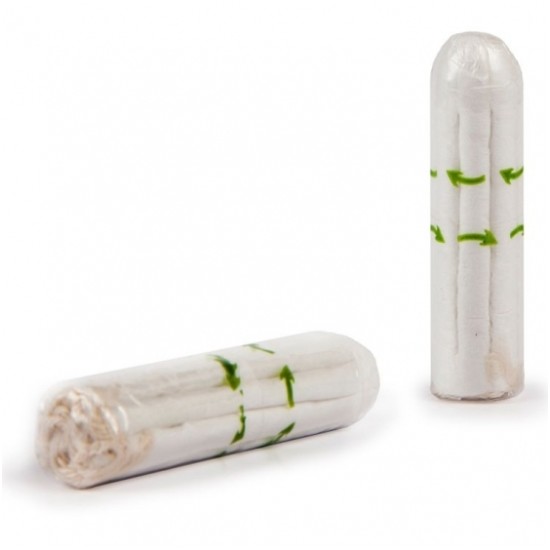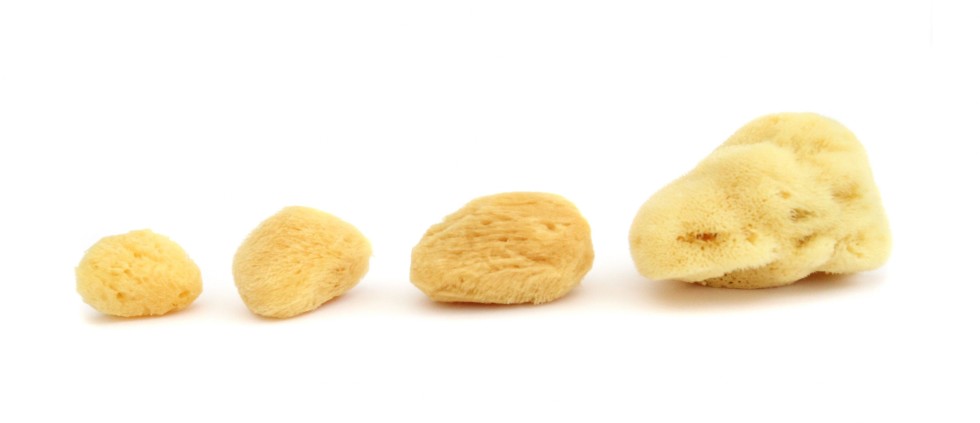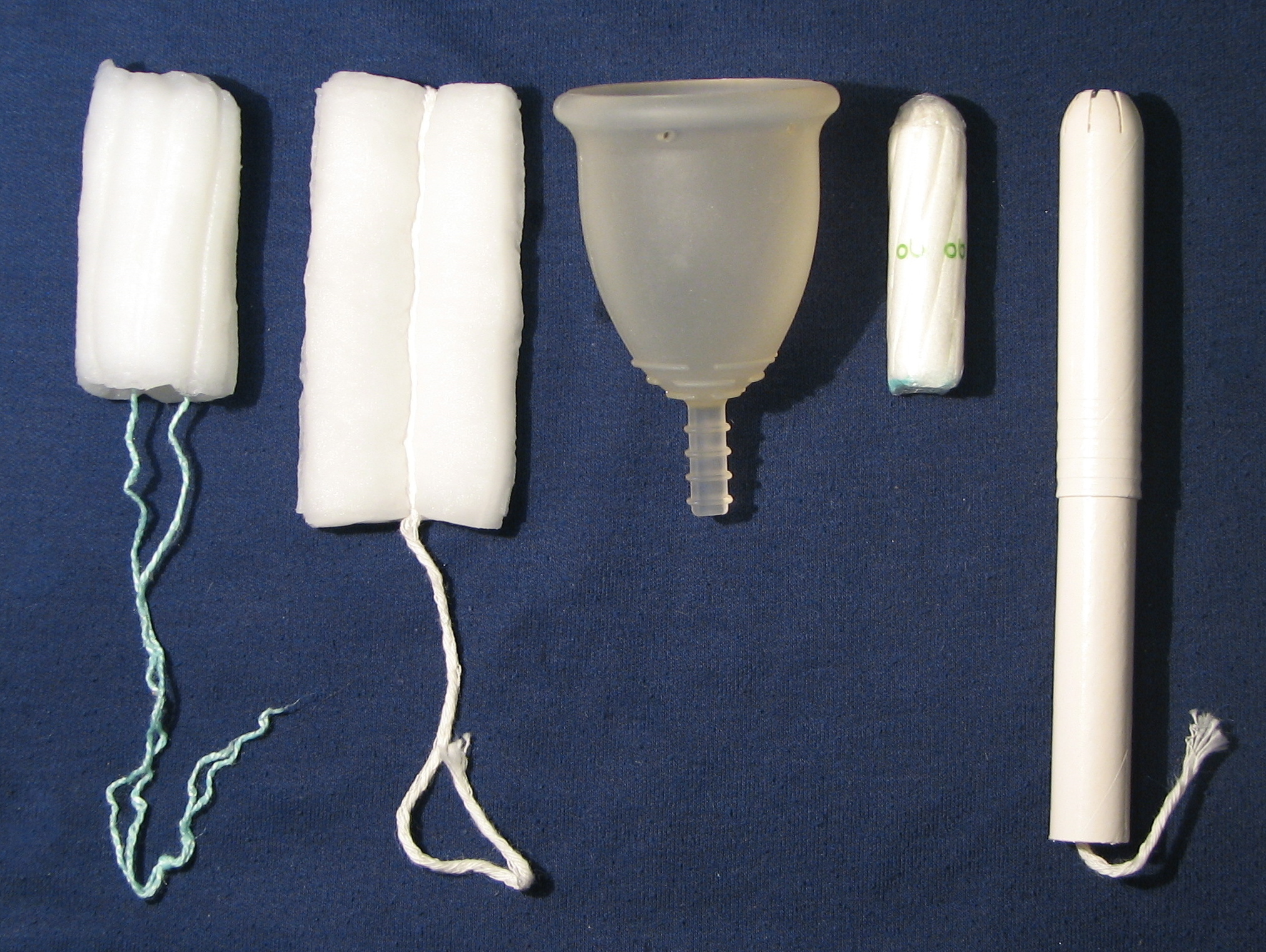Each year, 20 billion disposable menstrual products end up in landfills in North America alone. Talk about polluting our planet. While yes, women can’t help that they have periods, what we can do is choose feminine hygiene products that aren’t harmful to our planet or our bodies. Just because pads and tampons are the social norm, doesn’t mean that is what we should be putting into our bodies. There are many options that are cheaper, safer, and more environmentally friendly.
Organic Pads or Tampons

Probably the easiest way to be eco-friendly and not stray too far from what Americans would consider normal feminine products would be to switch to organic pads or tampons. Organic products are better for both the environment and for your body. Most conventional pads and tampons don’t contain cotton like many people think. Instead they are made up of rayon—a synthetic material. There has been some evidence suggesting that synthetic fibers can be harmful to vaginal wall and increase the risk of Toxic Shock Syndrome. Even if the products you buy are made 100% from cotton, the cotton is usually bleached with chlorine or other chemicals. Cotton is also considered the world’s dirtiest crop due to the number of pesticides used in its production. Maybe it’s just me, but having harmful chemicals and fibers inside my body doesn’t really sound appealing. Organic pads and tampons are usually biodegradable, safe for your body, free of dangerous chemicals, and made with all natural products. Most organic feminine hygiene products are made with organic cotton which helps keep petroleum-based pesticides out of the environment. While even eco-friendly pads and tampons are disposable and therefore, create waste, they are an easy way for women to make an effort to conserve our planet and be a little nicer to their bodies.
Cloth Pads and Period Panties

If you are a little more adventurous and willing, cloth pads and period panties are an even better alternative to conventional feminine hygiene products. Cloth pads and panty liners are exactly what they sound like—a cloth version of normal menstrual pads. Period panties work the same as cloth pads, except the cloth pad is built into the underwear. They are more comfortable and less irritable than conventional pads and you might even forget that you are wearing one. They have a waterproof liner so they don’t leak at all. Because they are made from cloth, some even work better than disposable pads. Cloth pads and period panties are much less wasteful in the long run than conventional pads, making them a great eco-friendly alternative. However, they do need to be cleaned regularly. Most people who choose to use cloth pads and period panties have multiples so they don’t have to clean them every day of their cycle. The cloth pads can be cleaned very easily with soap and water. While cleaning them may be slightly cumbersome, it is a minimal inconvenience in order to avoid chemicals and keep waste out of landfills.
Sea Sponges

Sea sponges have been known as the “first tampons” ever used. The sea sponge contains no synthetic fibers, pesticides, or chlorine. They contain naturally occurring enzymes that inhibit odors and the growth of bacteria. Some also contain healthy sea minerals. To use a sponge, you need to first wet it and then insert it into the vagina. They are pretty easy to insert and remove, since it is just a sponge. Like tampons, once inserted, you won’t feel it and will probably forget it is there. Sponges also tend to be much more absorbent than conventional tampons, so they can be worn for a much longer period of time. This alternative is good for your body, your wallet, and the environment. A package of sea sponge tampons can be purchased for under $20 and are reusable for 3-6 months. Since sponges are naturally occurring, reusable, biodegradable, and free of harmful chemicals, they are a great eco-friendly feminine care product.
Menstrual Cups

In my opinion, menstrual cups are probably the most underappreciated feminine care product. Most people cringe at the idea of a menstrual cup because they think it’s messy and maybe even weird. A menstrual cup is literally a cup used to catch your menstrual blood. It is a reusable, soft cup that fits comfortably inside the vagina. Menstrual cups are leak proof and even more comfortable than tampons. The best thing about menstrual cups? You can keep them in for up to 12 hours. This means you could go almost a whole day without having to worry about your period. The menstrual cup is inserted by folding the cup in half, and then pushing it into the vagina. Once inside, the cup will pop open and seal against the vaginal wall. The cup has a small rod on the end for easy removal. At first, it may be hard to insert the cup, but once you get the hang of it, it can be as easy as inserting a tampon. Most menstrual cups are made of silicone or rubber. Menstrual cups are probably the most eco-friendly option because they last for years, saving you money and keeping more tampons and pads out of landfills than other options. Your vagina will also be happier once you make the switch to a menstrual cup. Menstrual cups don’t absorb any vaginal fluid like sponges or tampons, leaving your pH and bacterial balance normal.
So if you’re willing to try something new, consider changing social norms and do something good for the environment and yourself. You might even be surprised that you find something that works better for you than conventional feminine hygiene products.
Written by Alyssa Lemire, Class of 2017


please try a feminine hygiene soap like Crystal X
Why i m not see a feminine hygiene soap out there. I think you should try this feminine hygiene Crystal X Nasa